Engaging men and boys in changing gender-based inequity in health: Evidence from programme interventions
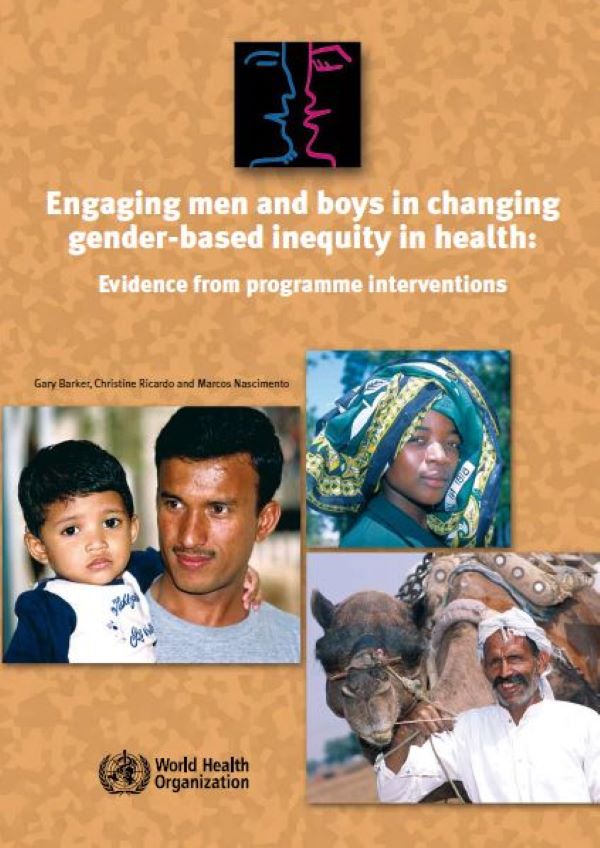
This review assesses the effectiveness of programs seeking to engage men and boys in achieving gender equality and equity in health.
Talking man to man. The story of Brothers for Life
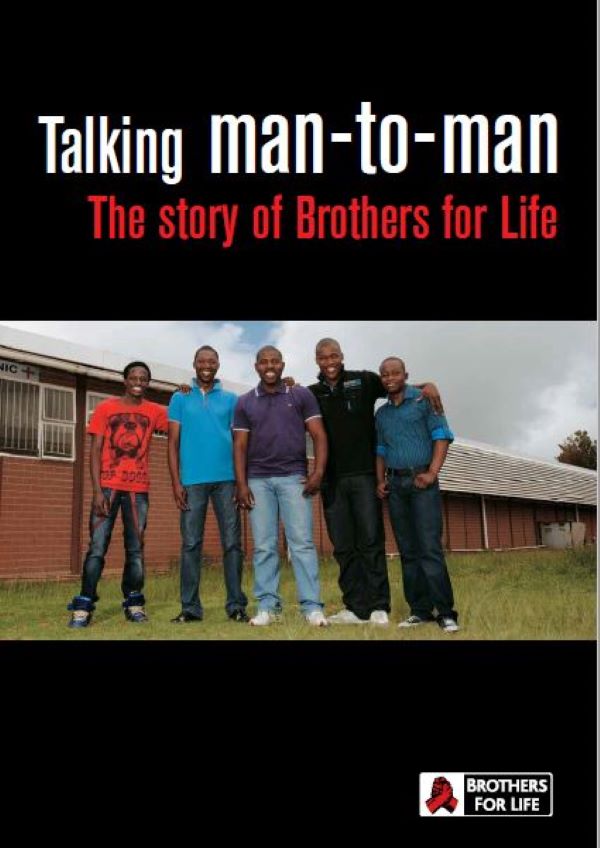
This report charts the story of Brothers for Life (B4L), a multi-faceted campaign targeting men to impact on specific areas of knowledge and practices in HIV prevention.
I have two healthy hands
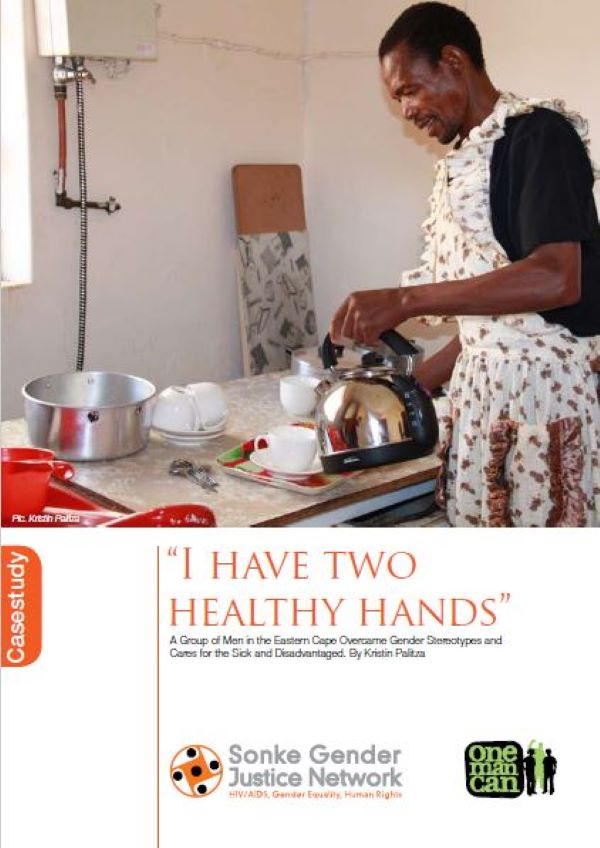
A case study about how a group of men in the Eastern Cape overcame gender stereotypes and care for the sick and disadvantaged.
Prevention+: Men and women ending gender based violence

This brief introduces Prevention+, is a five-year multi-country programme that envisions a world where healthy, respectful, and equal relationships are the norm. To contribute to making this a reality, the programme addresses the root causes of GBV – the social, economic, religious, and cultural contexts that shape attitudes and behaviour that lead to violence.
State of the World’s Fathers: Executive Summary
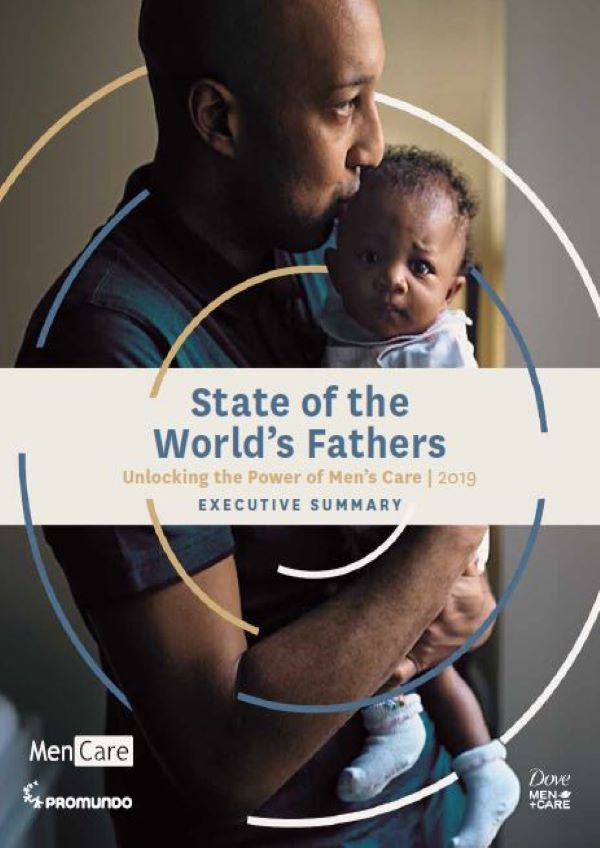
This is the executive summary of the 2019 State of the World’s Fathers Report. While many men are becoming more engaged as fathers and hands-on caregiving partners, in 23 middle- and high-income countries, the unpaid care gap between men and women has decreased by only seven minutes a day across a 15-year time span.
State of the World’s Fathers: Full report
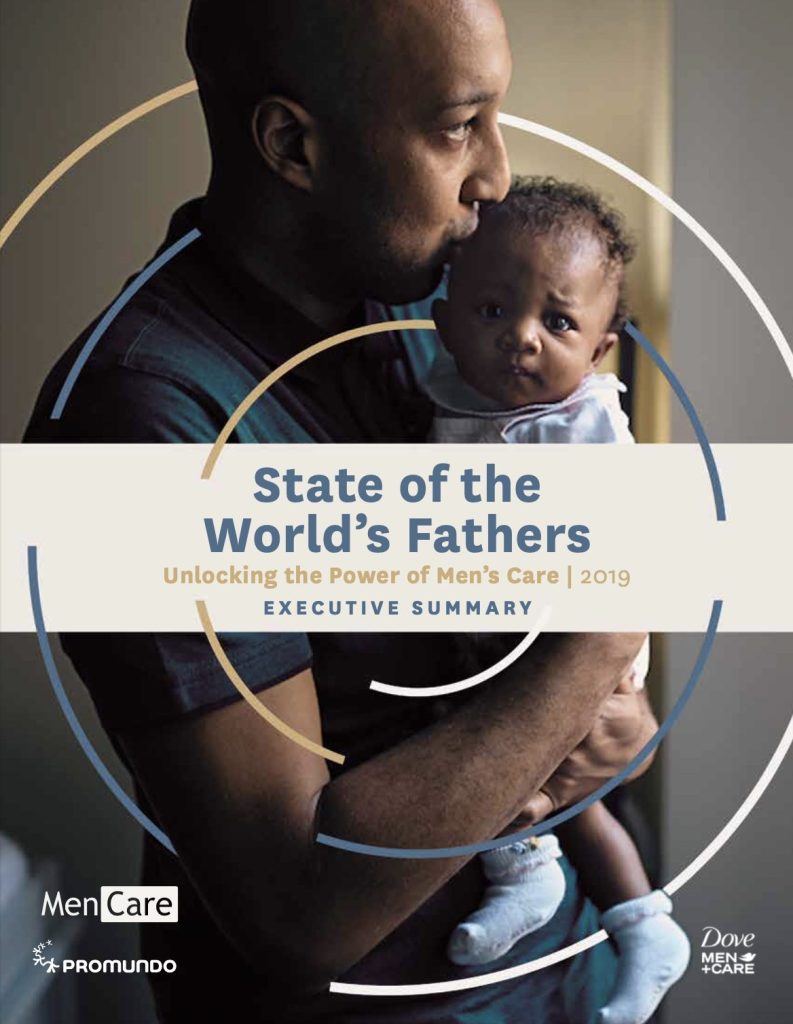
This is the full 2019 State of the World’s Fathers Report. While many men are becoming more engaged as fathers and hands-on caregiving partners, in 23 middle- and high-income countries, the unpaid care gap between men and women has decreased by only seven minutes a day across a 15-year time span.
The impact of SASA, a community mobilization intervention, on reported HIV-related risk behaviors and relationship dynamics in Kampala, Uganda
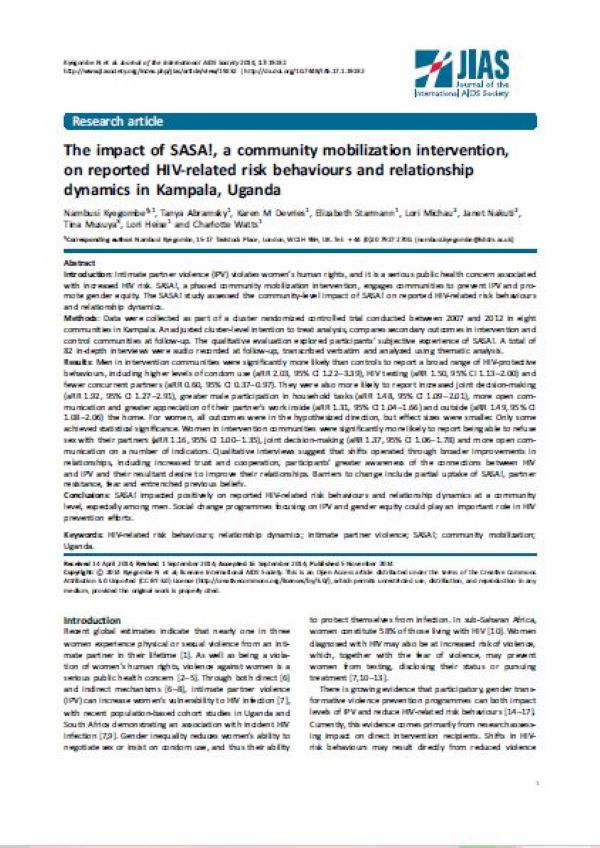
A review of how the SASA! programme impacted on reported HIV-related risk behaviors and relationship dynamics at a community level, especially among men.
Changing the norms that drive intimate partner violence: findings from a cluster randomized trial on what predisposes bystanders to take action in Kampala, Uganda
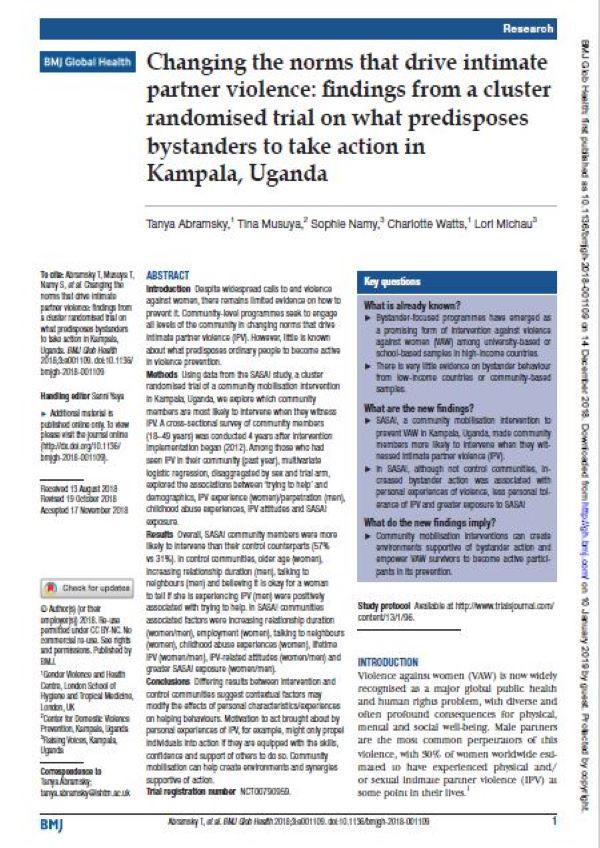
Despite widespread calls to end violence against women, there remains limited evidence on how to prevent it. Using data from the SASA study, the paper explores which community members are most likely to intervene when they witness intimate partner violence.
Strategies for engaging men in HIV services
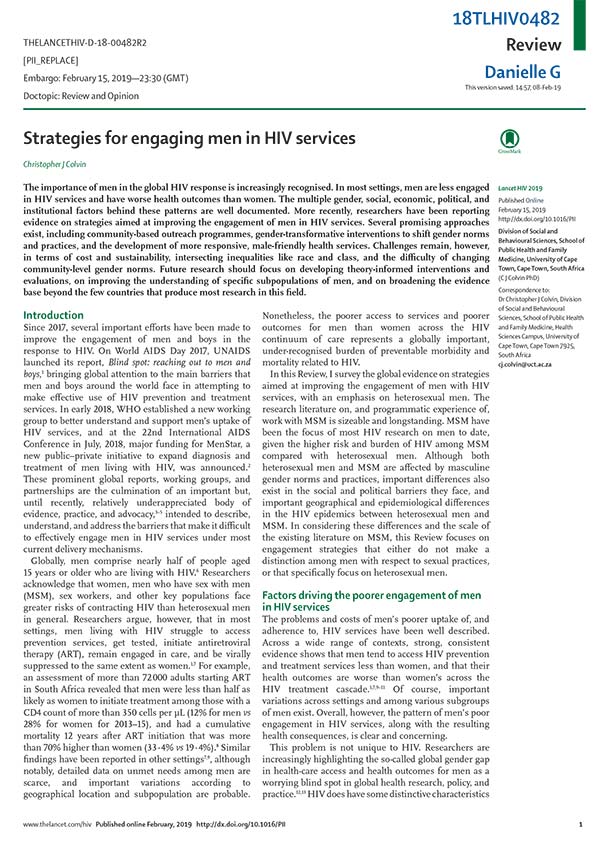
A literature review outlining The importance of men in the global HIV response is increasingly recognised. In most settings, men are less engaged in HIV services and have worse health outcomes than women. The multiple gender, social, economic, political, and institutional factors behind these patterns are well documented. More recently, researchers have been reporting evidence […]
Reaching men: Addressing the blind spot in the HIV response.
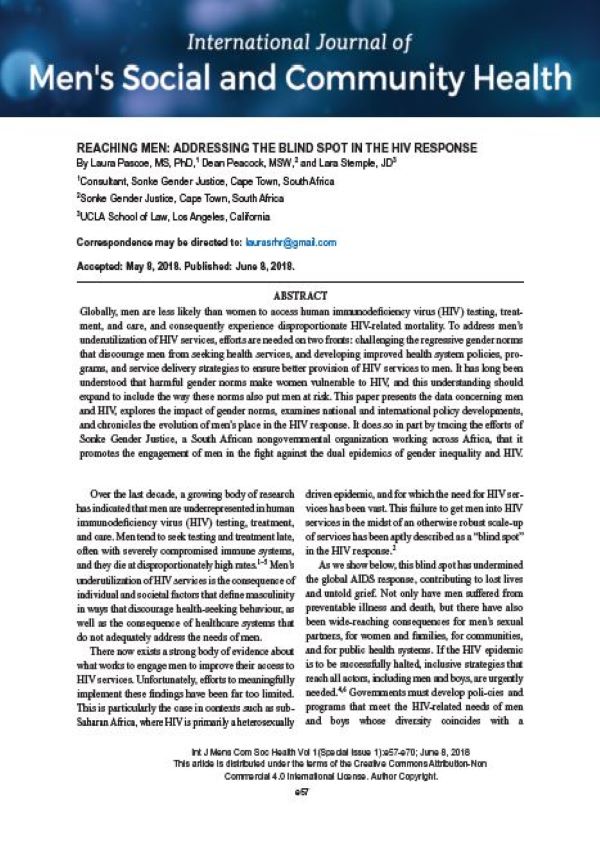
To address men’s underutilization of HIV services, efforts are needed on two fronts: challenging the regressive gender norms that discourage men from seeking health services, and developing improved health system policies, programmes, and service delivery strategies to ensure better provision of HIV services to men.


